The Science Behind Glycyrrhiza Glabra Root Extract
You’ve likely heard of liquorice as a candy flavor, but did you know the root it comes from has a long-standing reputation in traditional medicine?
Known scientifically as Glycyrrhiza glabra, this sweet-tasting root has been used for centuries in Ayurveda, Traditional Chinese Medicine, and Greek herbal traditions. Whether taken as a tea, powder, or decoction, liquorice root has traditionally been used to soothe digestion, relieve respiratory issues, and promote general wellness.
Let’s zoom in on how this humble root works, and why modern science is starting to validate what ancient traditions have known for ages.
What Makes Liquorice Root So Special?
Liquorice root is rich in flavonoids and saponins, powerful plant compounds that have antioxidant, anti-inflammatory, and gut-soothing properties.
One compound, glycyrrhizin, is responsible for both its sweetness and many of its medicinal effects, but it can sometimes cause side effects in large amounts. That’s why modern extracts are often made to retain the benefits while reducing glycyrrhizin.
So how does Glycyrrhiza glabra actually help?
Benefits of Glycyrrhiza Glabra Root
Soothes Digestive Discomfort
Liquorice root helps calm the digestive system by reducing inflammation in the gut lining. It works by:
-
Inhibiting pro-inflammatory enzymes, helping ease irritation in the stomach and intestines.
-
Stimulating mucus production, creating a protective layer that shields the stomach lining from acid and digestive enzymes.
This makes it particularly helpful for people who experience occasional heartburn, acid reflux, or indigestion, especially after meals or during periods of stress.
Supports Stomach Lining Integrity
One of the most well-known effects of liquorice root is its role in protecting the stomach lining and supporting its natural healing process.
-
It helps maintain mucosal integrity, which is essential in preventing ulcers and repairing any damage caused by excess acid or bacterial infections like H. pylori.
-
Studies show that certain compounds in liquorice (like glabridin) can directly inhibit the growth of H. pylori, the bacteria often linked to ulcers and gastritis.
This makes it useful for individuals prone to gastric ulcers or inflammation-related discomfort
Promotes Healthy Digestion and Gut Motility
If your digestion sometimes feels sluggish or you struggle with bloating and constipation, liquorice root can help:
-
It supports smooth muscle function in the GI tract, improving how food moves through the digestive system (a process known as motility).
-
It may help regulate bowel movements by gently stimulating intestinal function, without the harsh effects of synthetic laxatives.
Helps Balance the Gut Microbiome
The gut microbiome, the community of bacteria living in your intestines, plays a major role in immunity and digestion. Liquorice root:
-
Has prebiotic-like effects, encouraging the growth of beneficial bacteria.
-
Helps suppress harmful bacteria and reduce intestinal inflammation, creating a more balanced environment.
Enter GutGard®: Modern Science Meets Ancient Wisdom
While raw liquorice root has clear benefits, not all extracts are created equal. That’s where GutGard® comes in.
GutGard® is a clinically studied extract of Glycyrrhiza glabra root, specially processed to retain over 50 powerful flavonoids (like glabridin, licoflavone A, and glabrol) while keeping glycyrrhizin below 0.5%, making it both safe and highly effective for daily use.
Its formulation is designed for:
-
Targeted gut support
-
Reliable potency
-
Gentle action with no harsh side effects
What Does Science Say?

How to Use It
GutGard® is effective at just 150 mg per day, thanks to its concentrated potency. It’s commonly available in:
-
Capsules
-
Functional beverages
-
Sachets and powders
-
Chews and gummies
-
Probiotic and enzyme blends
Tip: It pairs especially well with probiotics, digestive enzymes, and other gut-friendly nutrients for a complete digestive health solution.
Is Glycyrrhiza glabra (and GutGard®) Right for You?
If you experience:
-
Occasional bloating
-
Acid reflux
-
Digestive discomfort
-
Gut imbalance after antibiotics or stress
...then liquorice root could be a gentle, effective way to support your gut health, especially in modern, research-backed forms like GutGard®.
Final Thoughts
Glycyrrhiza glabra has been trusted for centuries, and with modern science now confirming its digestive benefits, it’s more relevant than ever.
GutGard® takes this ancient remedy and refines it into a safe, potent, and convenient option for daily digestive support. Whether you’re seeking relief from reflux, bloating, or simply looking to keep your gut in balance, this root has your back.
A small daily dose. A big step for your gut.
FAQs: You asked, We answered
1. Is Glycyrrhiza glabra (liquorice root) safe for daily use?
Yes, modern extracts like GutGard® are specially processed to reduce glycyrrhizin content to below 0.5%, making them safe for daily use without the common side effects associated with raw liquorice root.
2. What is GutGard® and how is it different from regular liquorice root?
GutGard® is a clinically studied, high-potency extract of Glycyrrhiza glabra that retains over 50 active flavonoids while minimizing glycyrrhizin. This makes it more effective and gentler than raw liquorice root, especially for daily digestive support.
3. Can GutGard® help with acid reflux or GERD?
Yes, studies show that GutGard® supplementation can lead to 83.3% improvement in GERD-related symptoms, helping reduce acid reflux, heartburn, and discomfort naturally.
4. How does GutGard® support gut health after antibiotics or stress?
GutGard® helps restore gut balance by supporting beneficial bacteria and reducing inflammation. Its prebiotic-like effects make it ideal for people recovering from antibiotic use or high-stress periods that disrupt gut function.
5. What is the recommended GutGard® dosage for digestive benefits?
Clinical studies support a dosage of just 150 mg per day, which is typically found in capsules. It’s effective and easy to incorporate into your daily wellness routine.
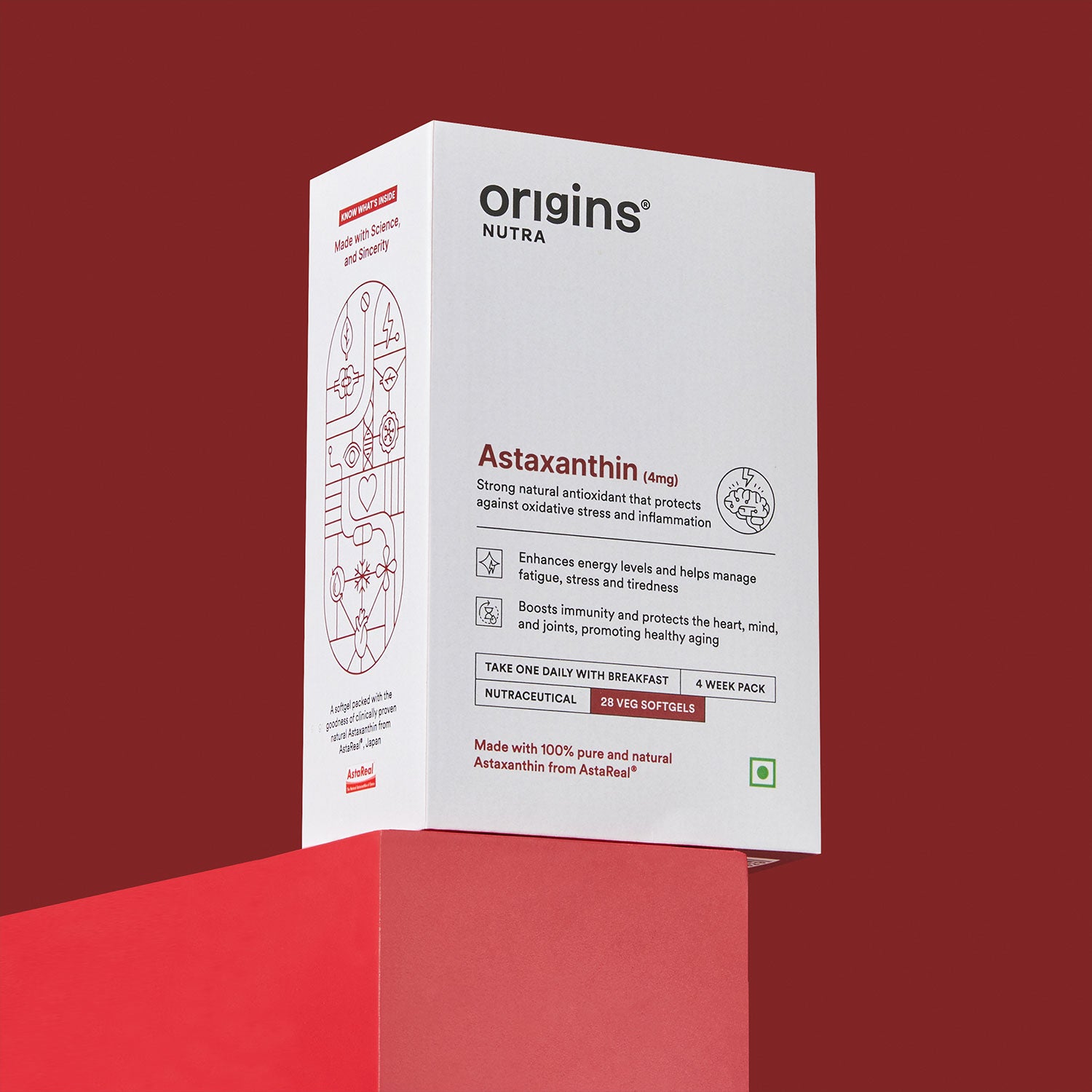
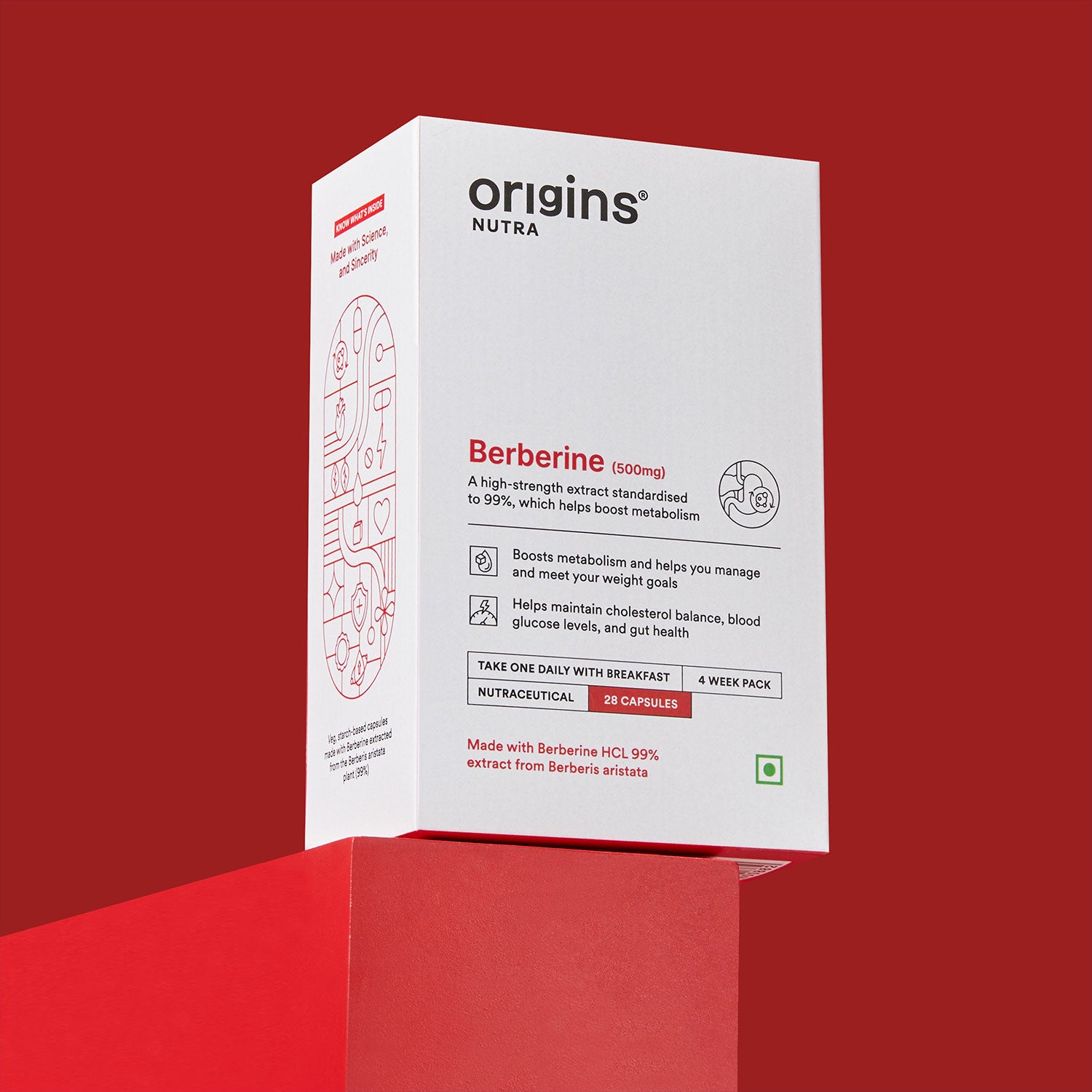
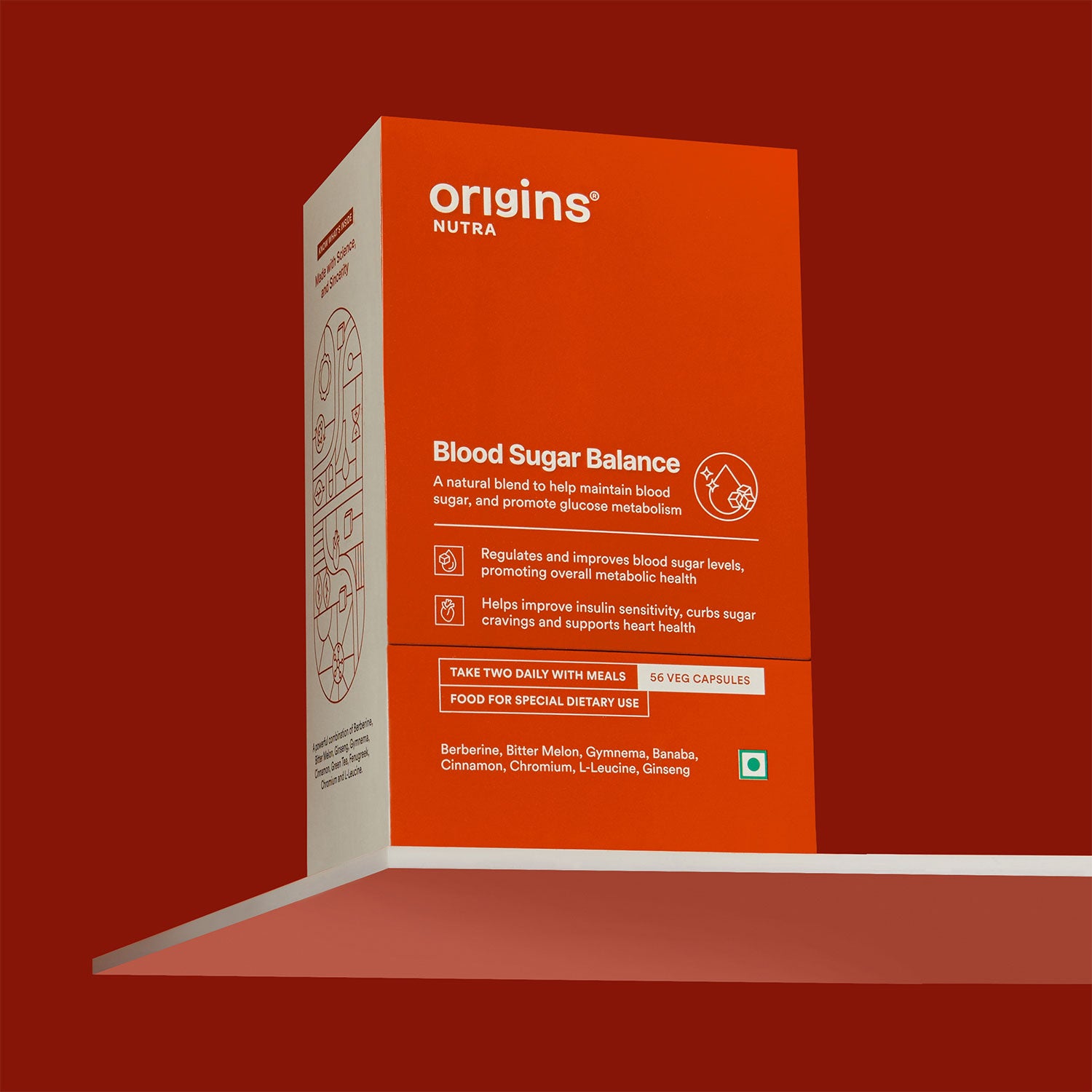
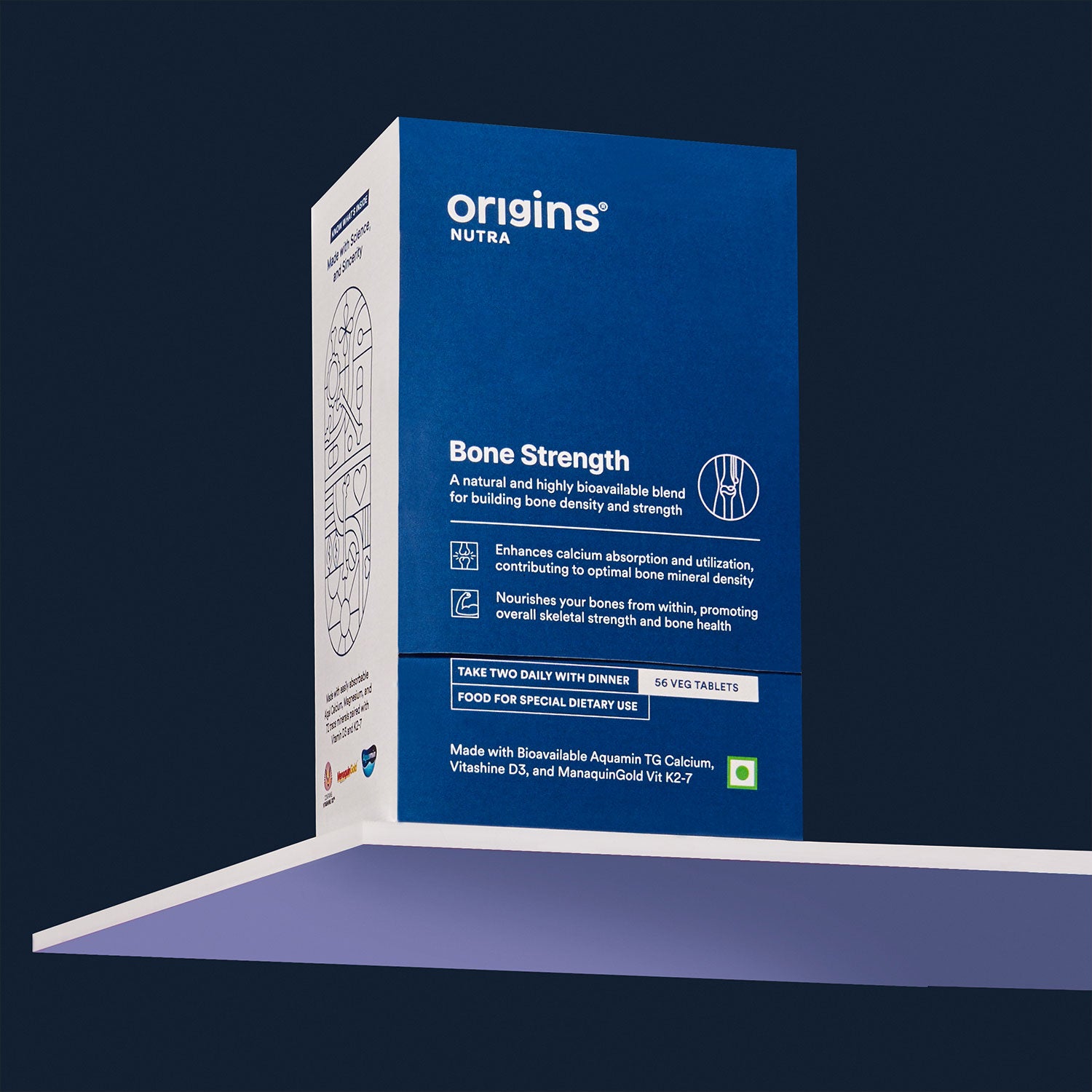


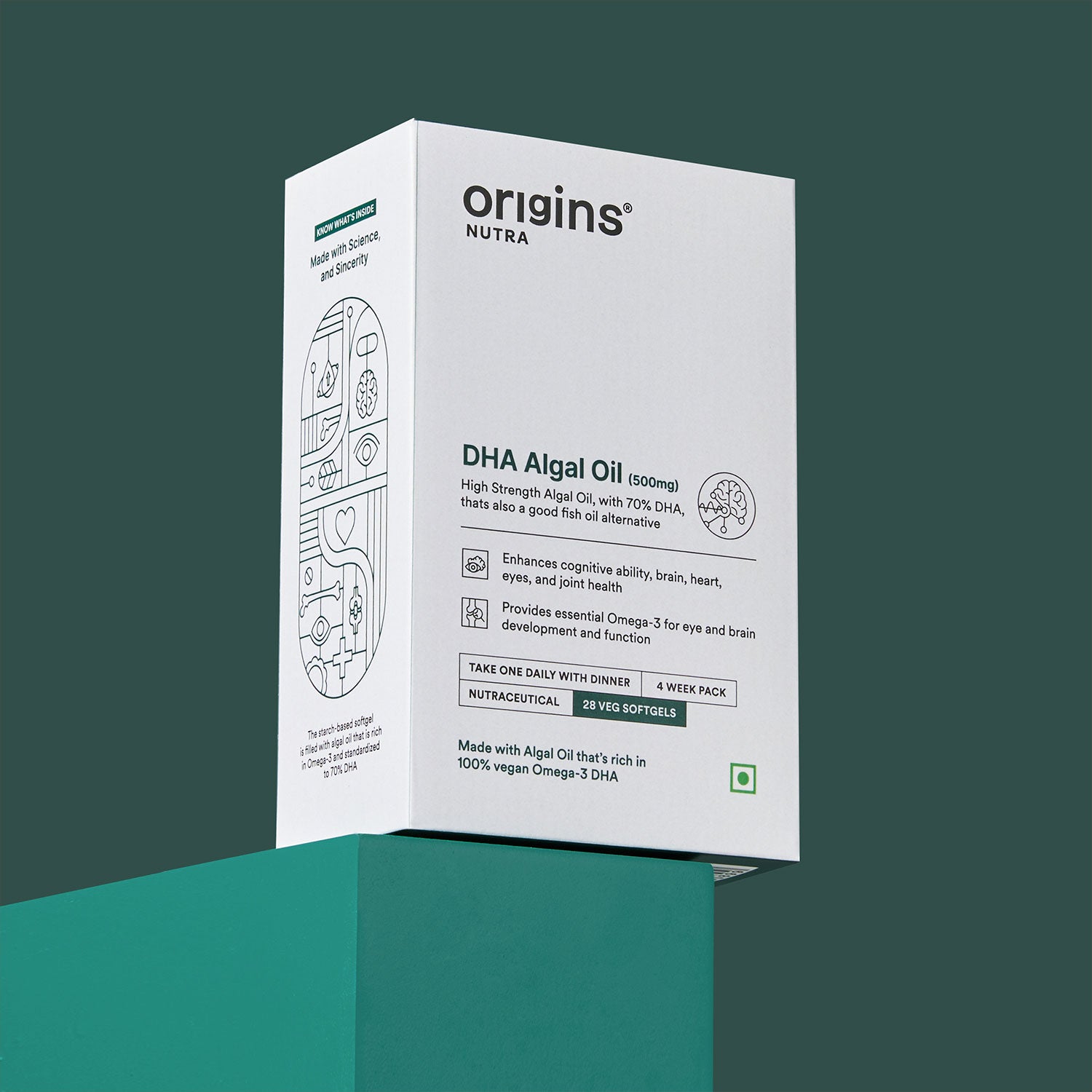
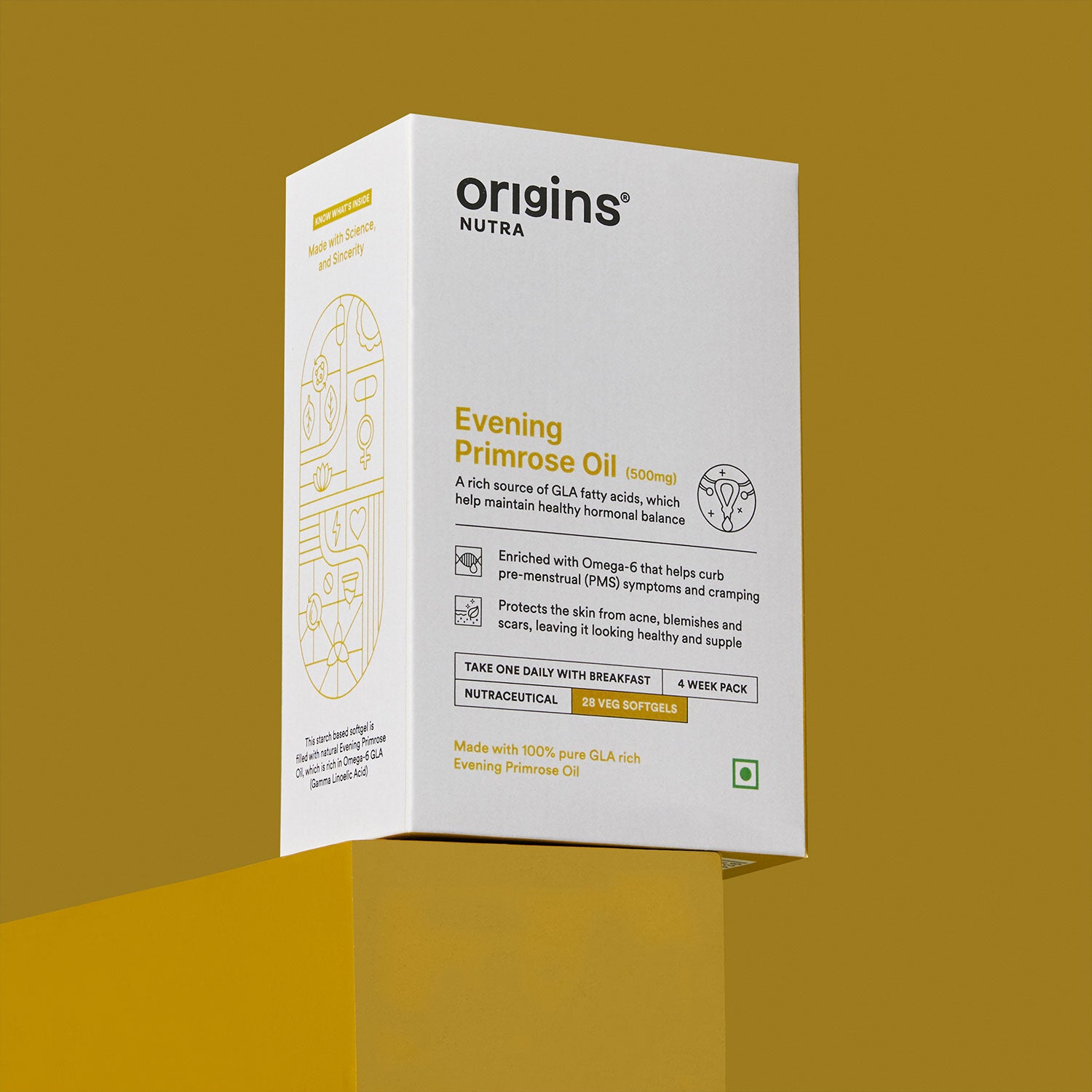

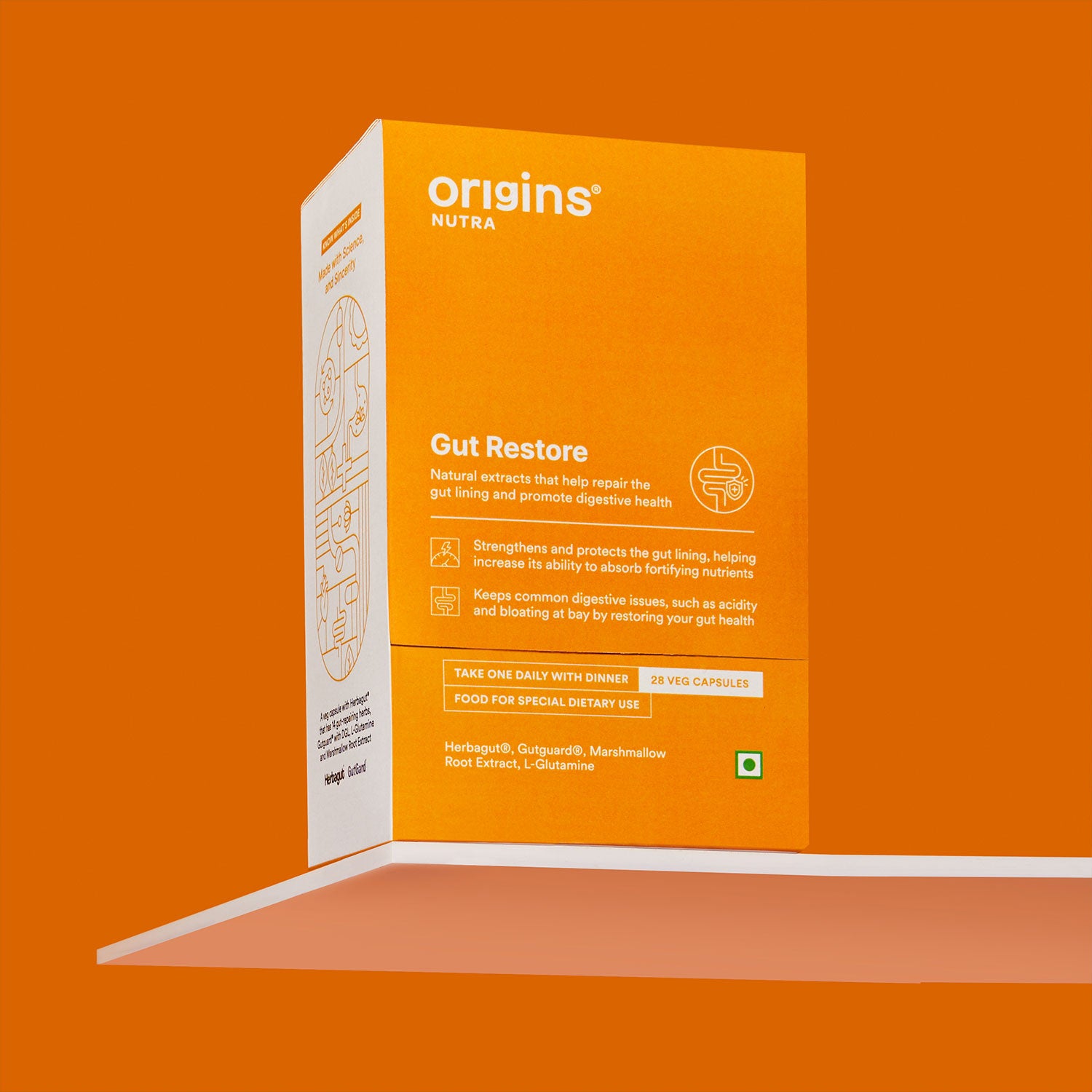

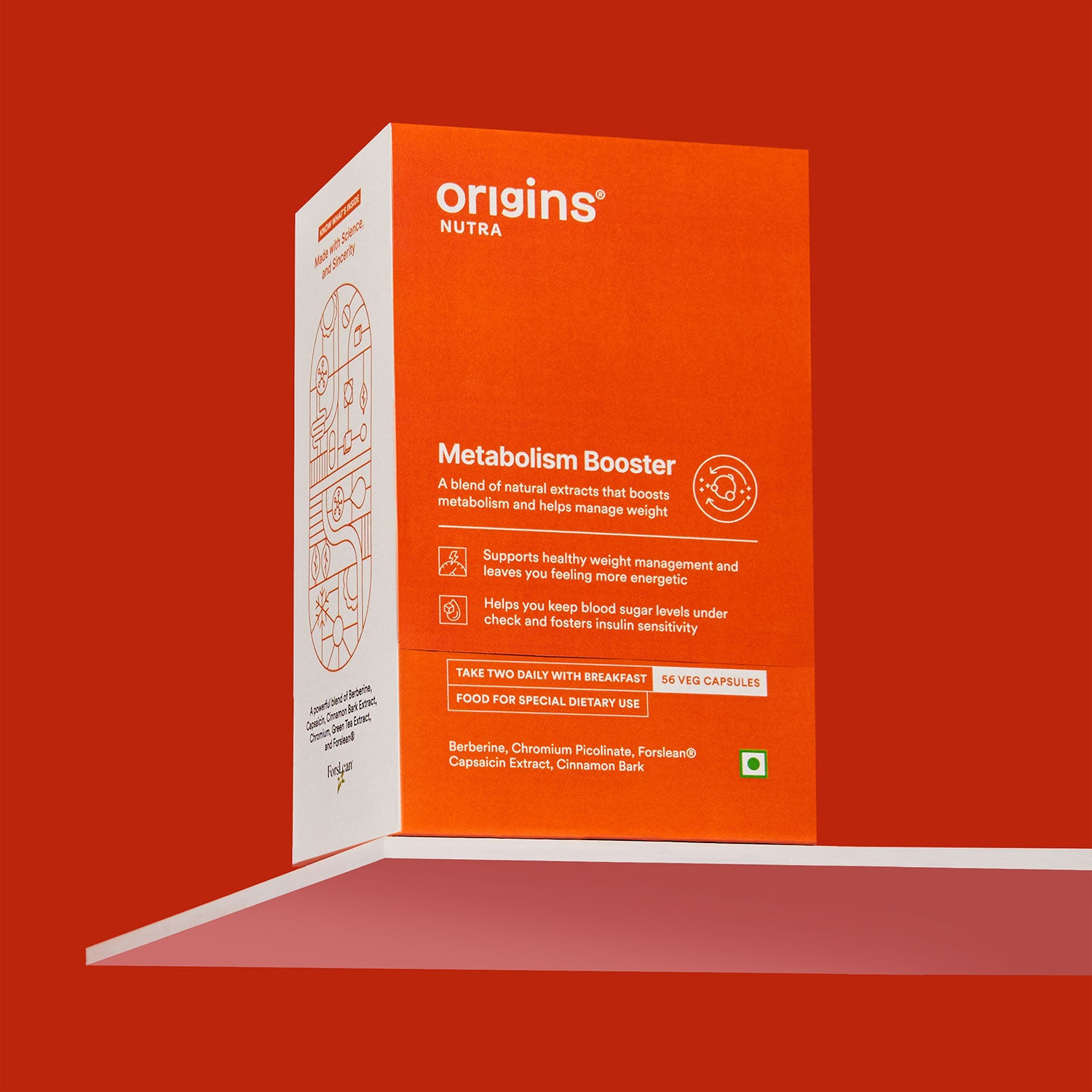
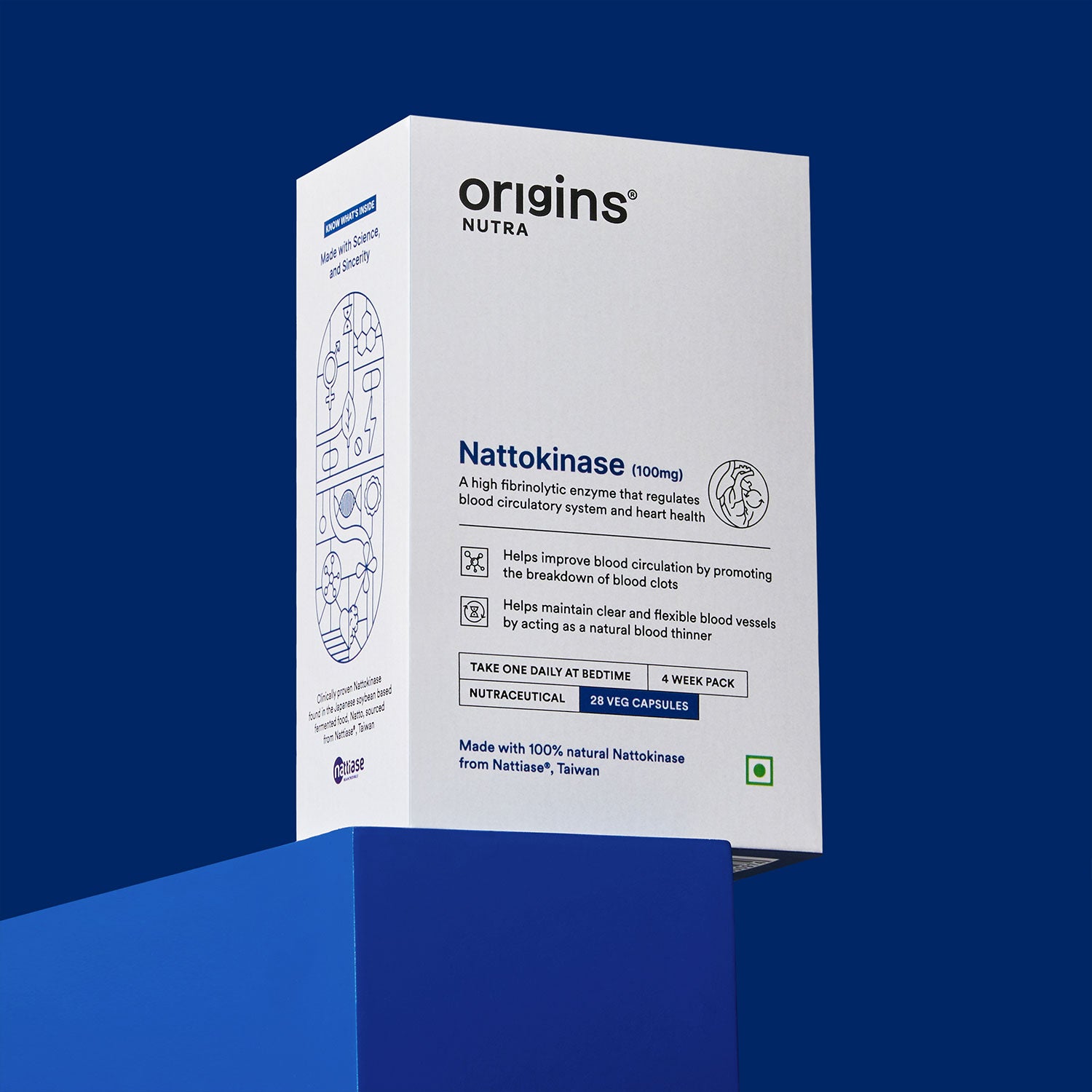
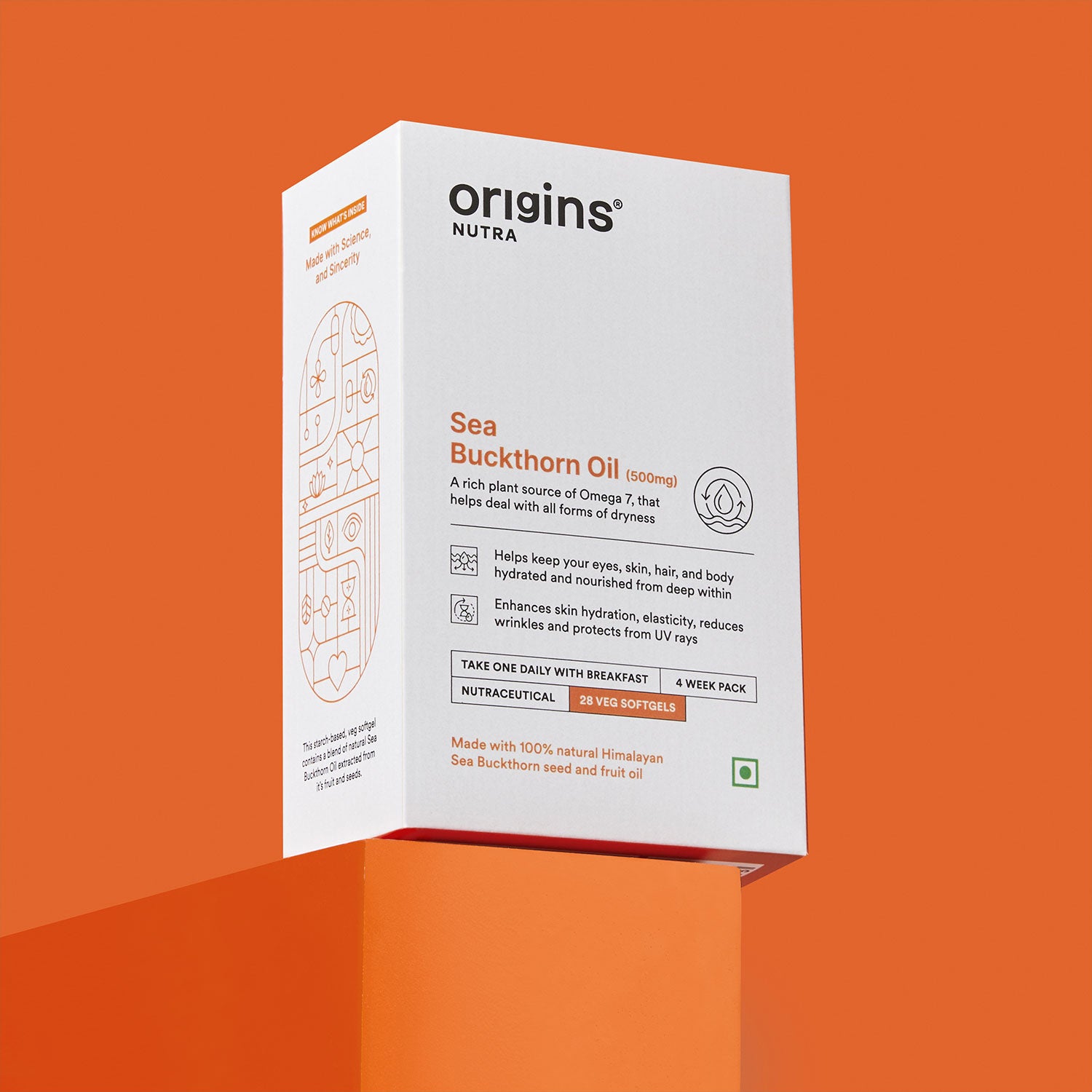

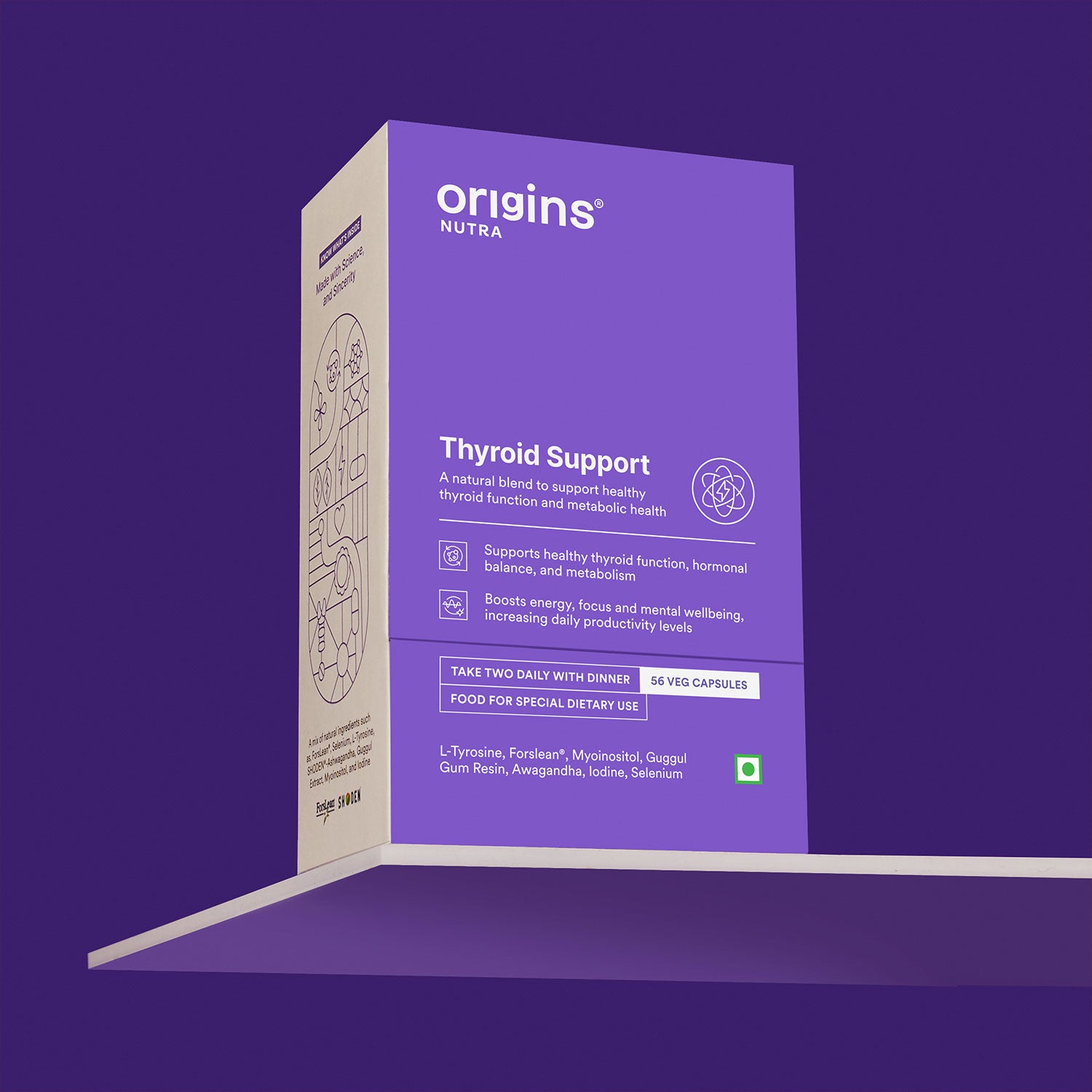






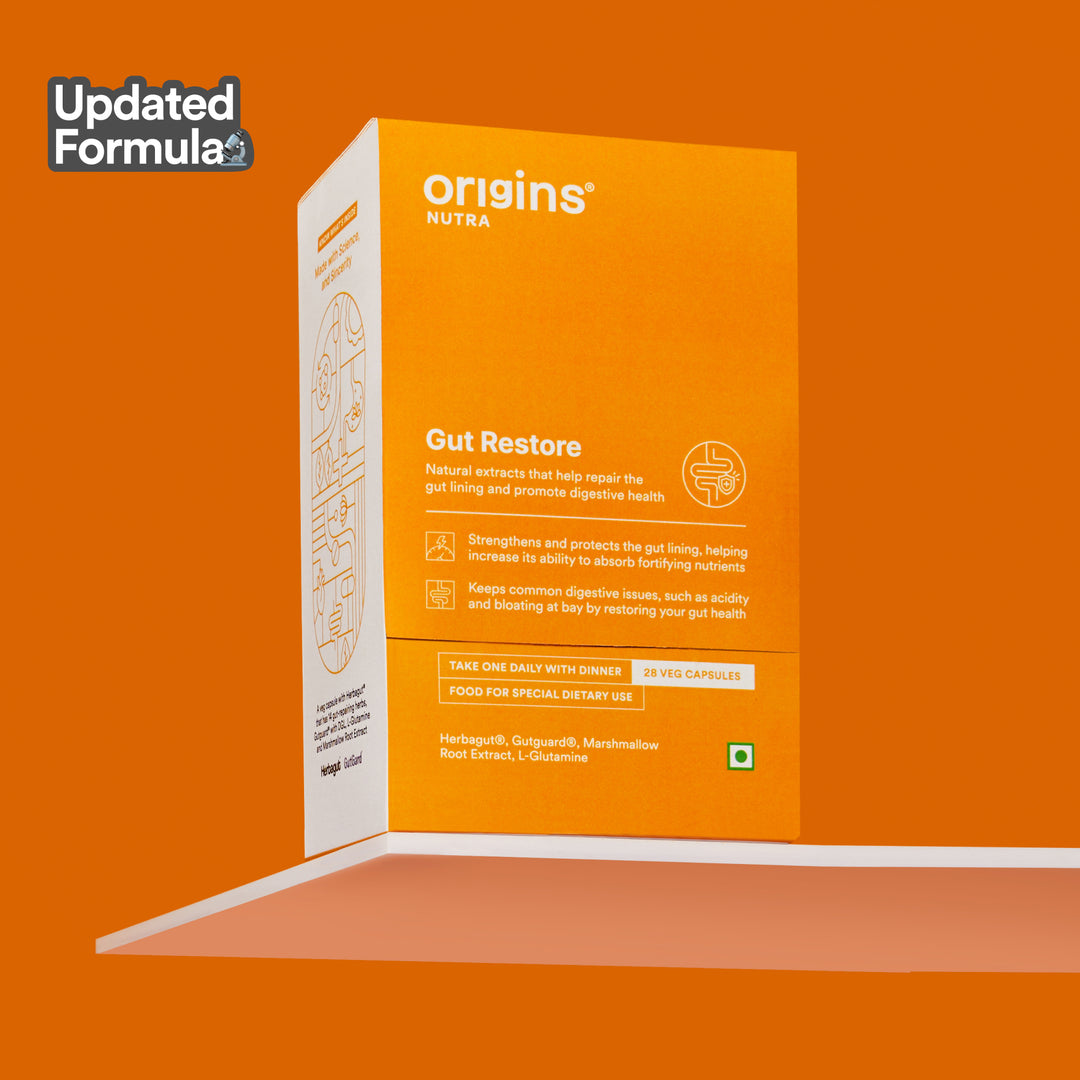
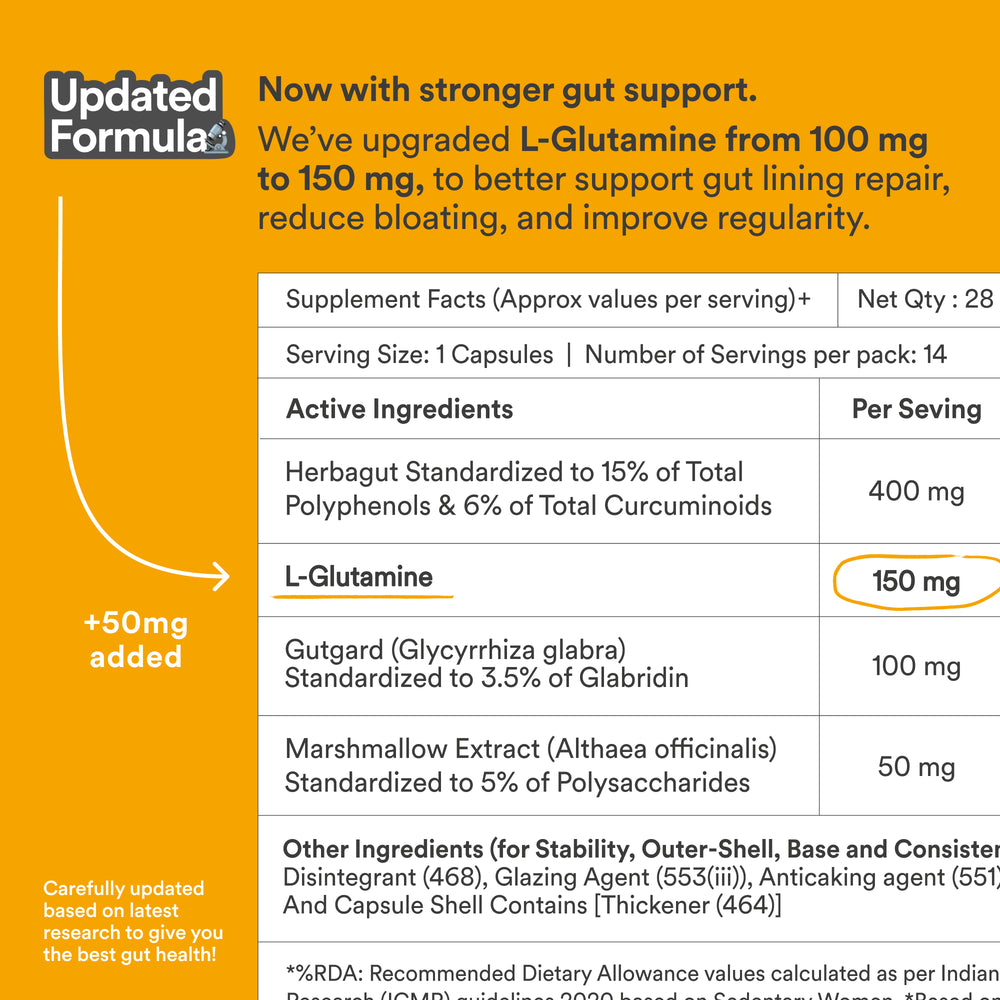
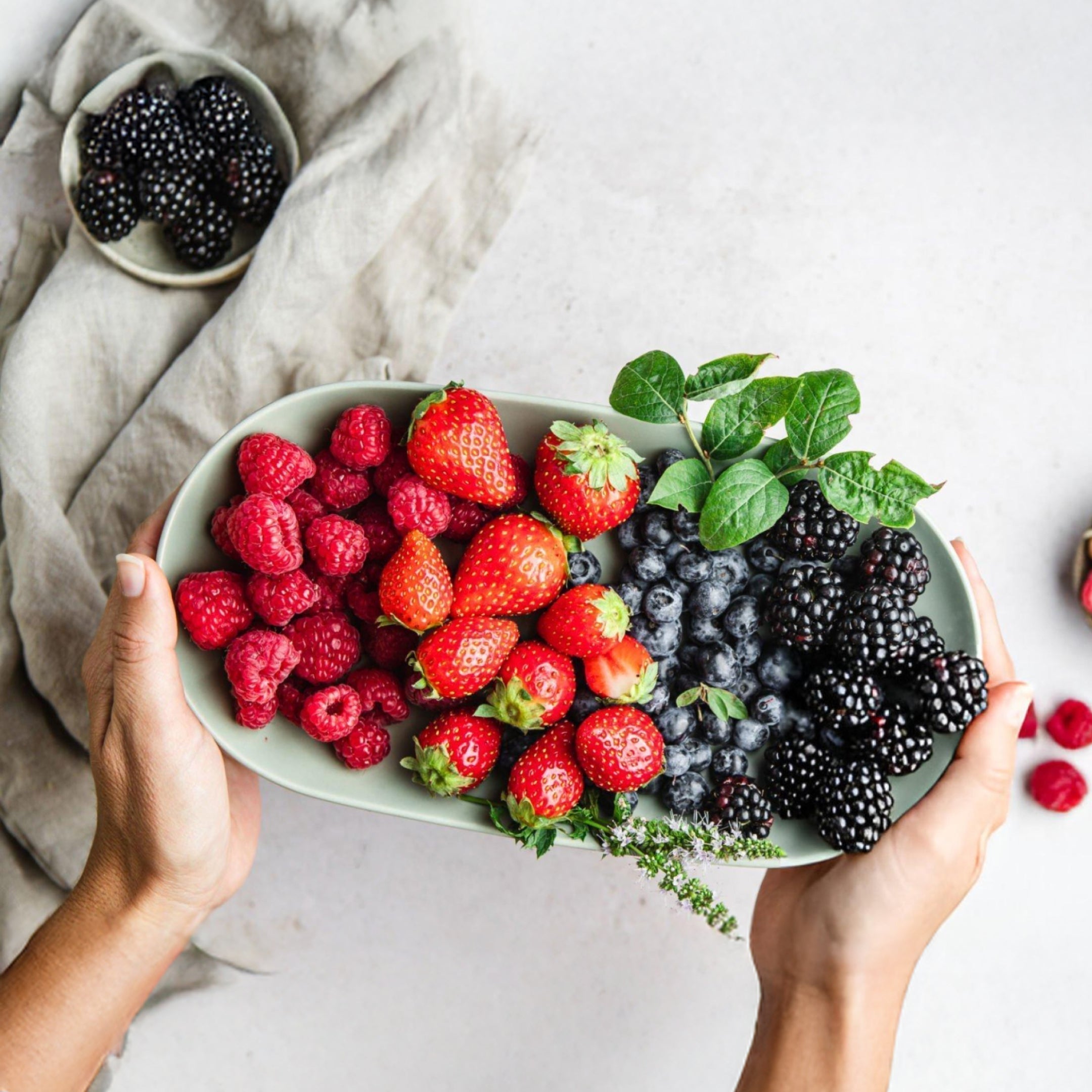
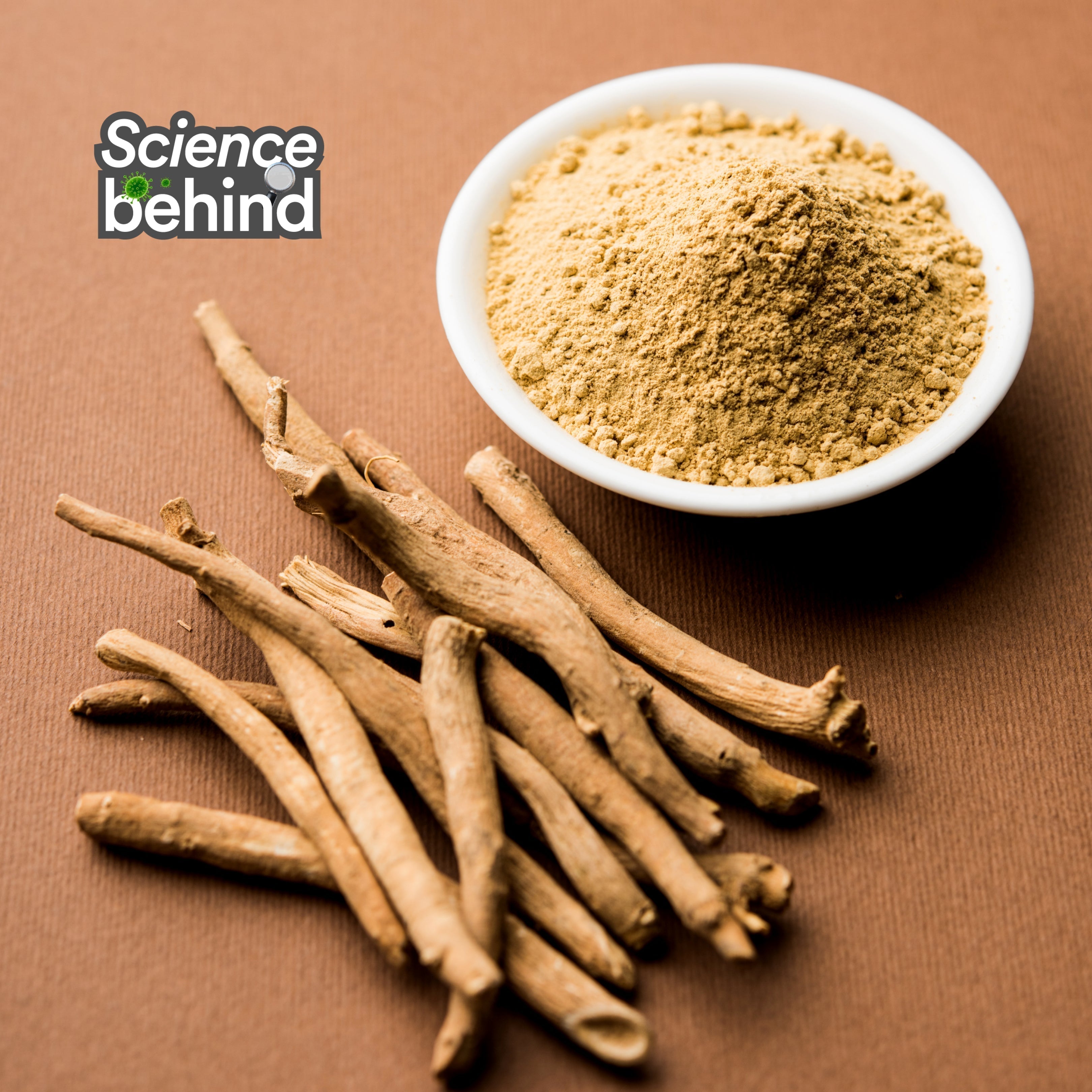



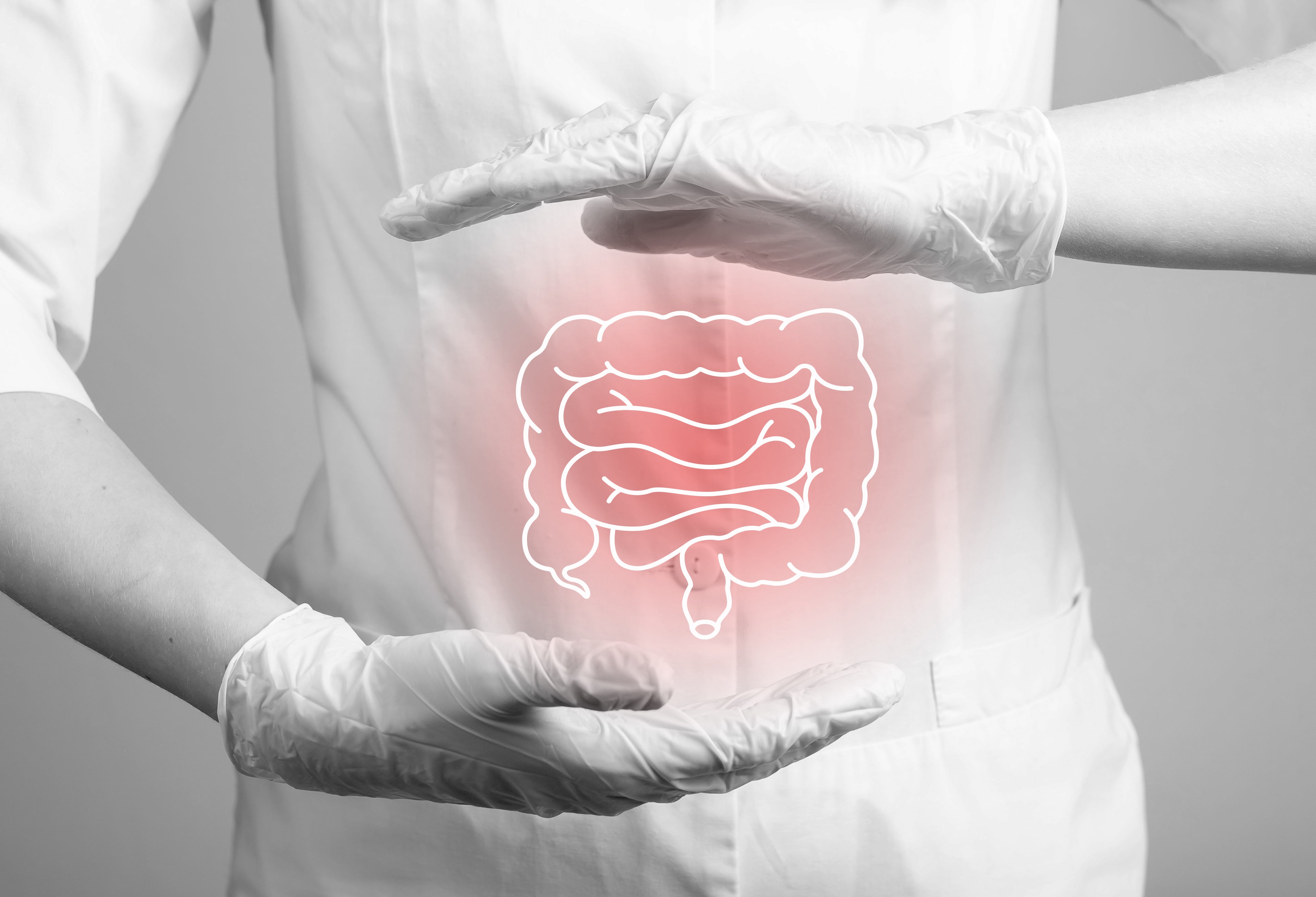
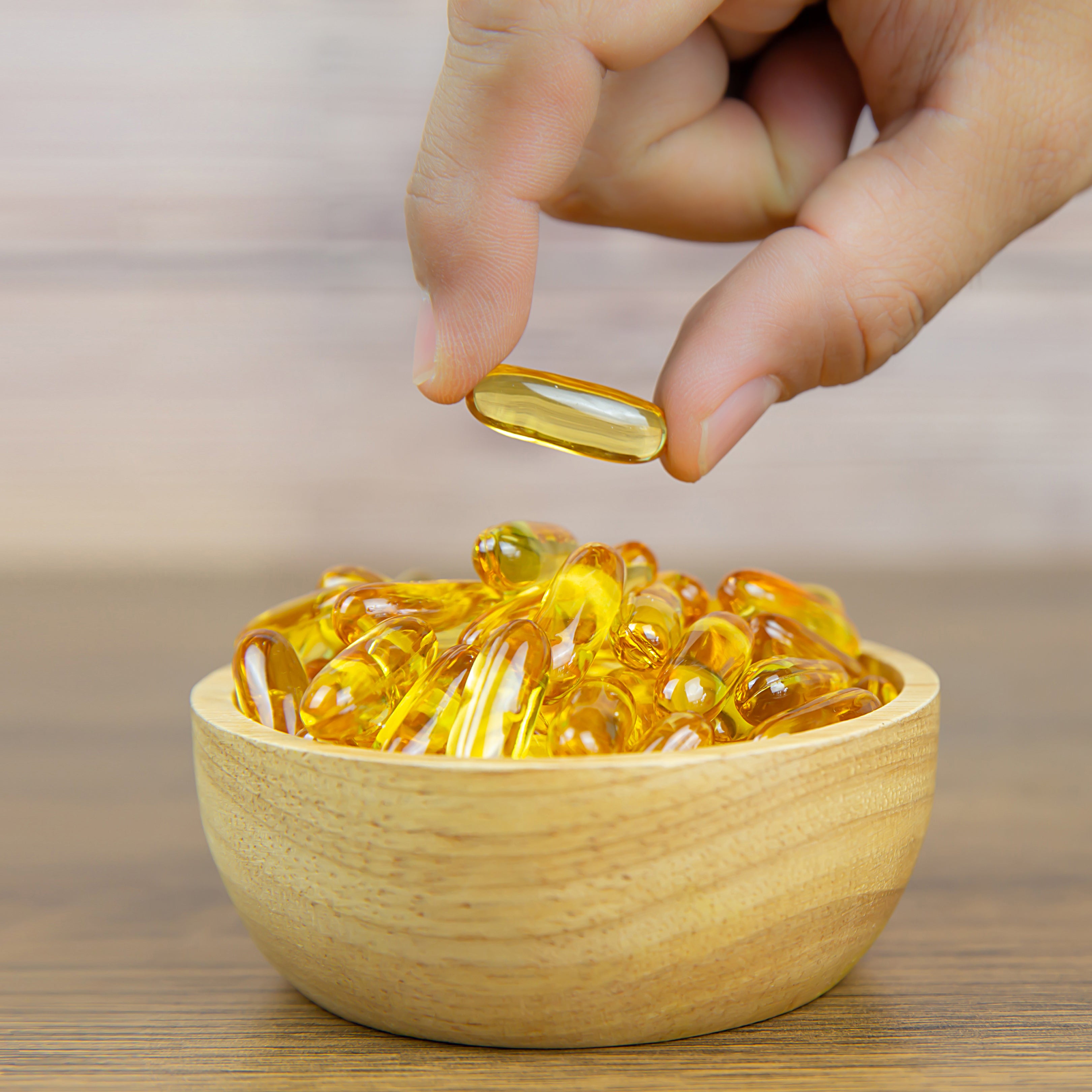



Leave a comment